 alt="Puer Surrounding Counties and Towns: Weekly & Special Local Markets Travel Guide"
/>
alt="Puer Surrounding Counties and Towns: Weekly & Special Local Markets Travel Guide"
/>
Panwang Festival of Yao Ethnic Minority
Chinese Name: 瑶族盘王节
English Name: Panwang Festival of Yao Ethnic Minority
The Panwang Festival (盘王节) is the grandest festival of Yao ethic group, who has a large population (2.853 million in 2010), and mainly settle in South China’s Hunan province, Guangxi Zhuang Autonomous Region, and Guangdong province. Outgrowing its past as a sacrificial ceremony engaged in worshiping ancestral, today’s Panwang Festival has developed into a comprehensive carnival among Yao people of all ages – they dress in traditional festival clothes, and show distinctive Yao performances by singing and dancing.
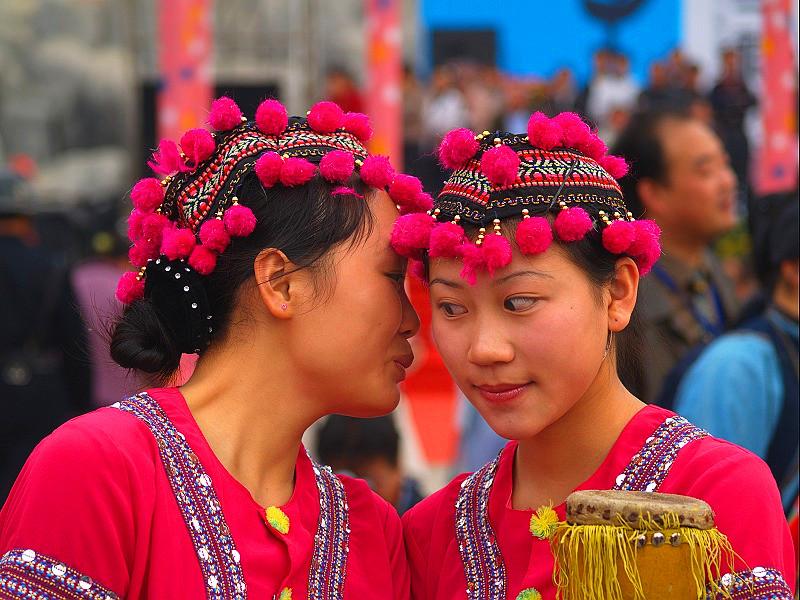
The origin of Panwang Festival
This over 1,700-year-old festival is celebrated on the sixteenth day of the tenth lunar month (usually mid- to late November) to memorize Yao people’s mythological ancestor Pan Hu (also Panwang or King Pan). According to legend, in the far ancient time, a group of Yao ethnic people traveled far away across the sea by boat, but unfortunately encountered a storm. The boat with people drifted on the sea for 49 days and was about to destruct. At about that time, one of the Yao people came to the bow of the boat and prayed to their ancestor Panwang for their safety. After making the wish, the calm returned on the sea immediately. And the boat reached shore very soon, saving the Yao people. It was just on Panwang’s birthday, the sixteenth day of the tenth lunar month. So the rescued Yao people prepare the banquet, singing and dancing, to celebrate their new life, as well as Panwang’s birthday.
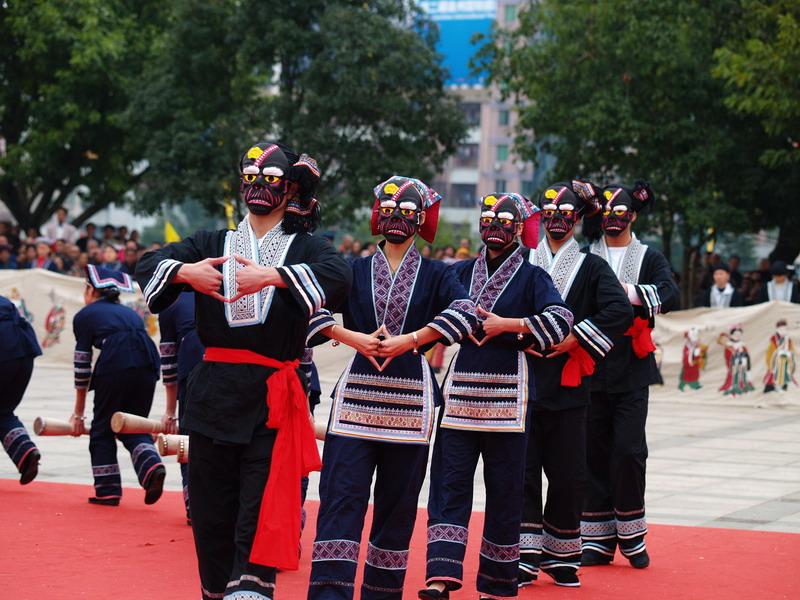
The ancestral worship and ritual
The ritual is to worship and memorize Panwang King, so it obeys a fixed procedure strictly, and will be presided over by four priests and four assistants. An altar will be set firstly, followed by hanging the portraits of Panwang and other minor gods, such as Local Guardian Goodness and God of Farm. Then, the solemn worship gets into full swing. A worshiper shoots into the sky for three times and displays firecrackers. The elders prepare and present the sacrificial offerings including pig heads, glutinous rice cakes, chicken and rice wine to the gods devoutly. Then all participants stand in rows, and lower their heads to pray. Panwang worship ritual will be accompanied by distinctive Yao music, played by Long Drum and a zurna band.
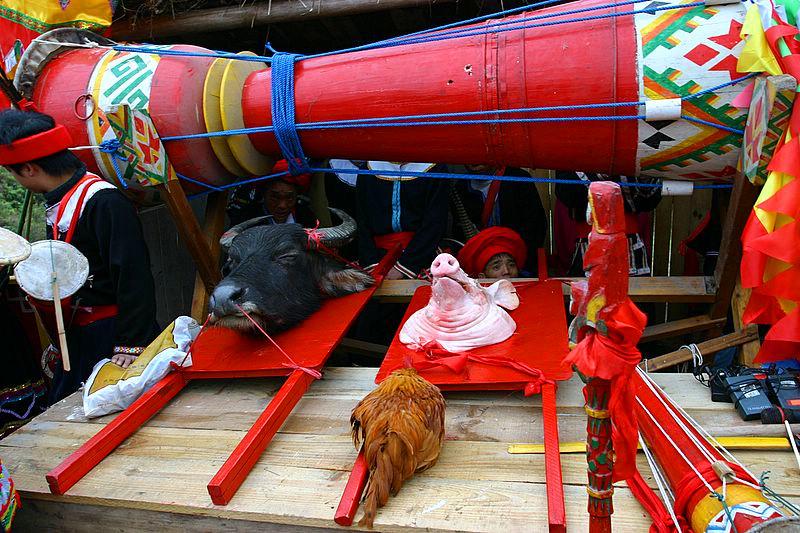
The activities and performances
Every year, Panwang Festival is celebrated joyously by each Yao family or by the same clan of several villages together. It lasts from three days to seven days, with mysterious, sacred rituals, and many eye-catching traditional performances and fun-filled activities. During the festival, Yao people, men and women, the old and the young, all dress in their extremely diversified custom attires, and prepare the most luxurious banquets based on fresh local ingredients. They pay tribute to their ancestor Panwang and celebrate the harvest, in forms of recitals, libation, incense, songs, and dances.
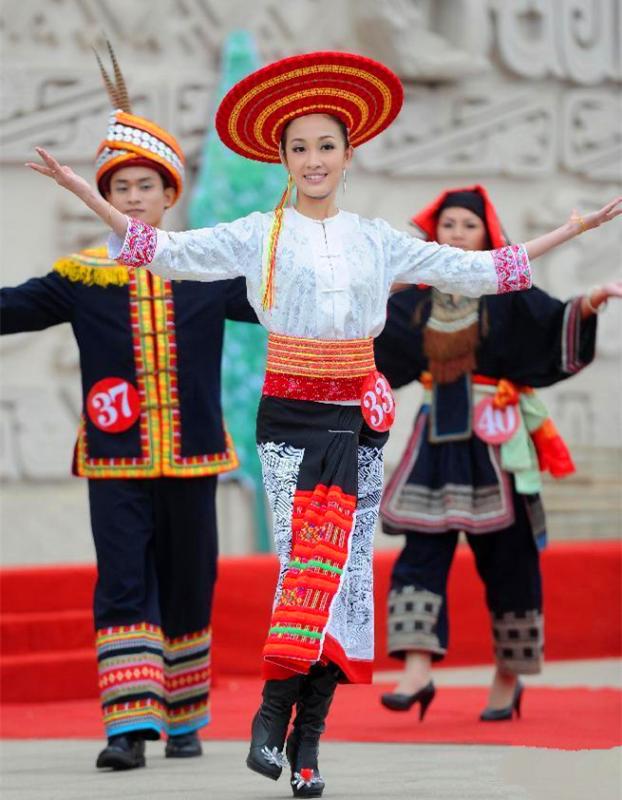
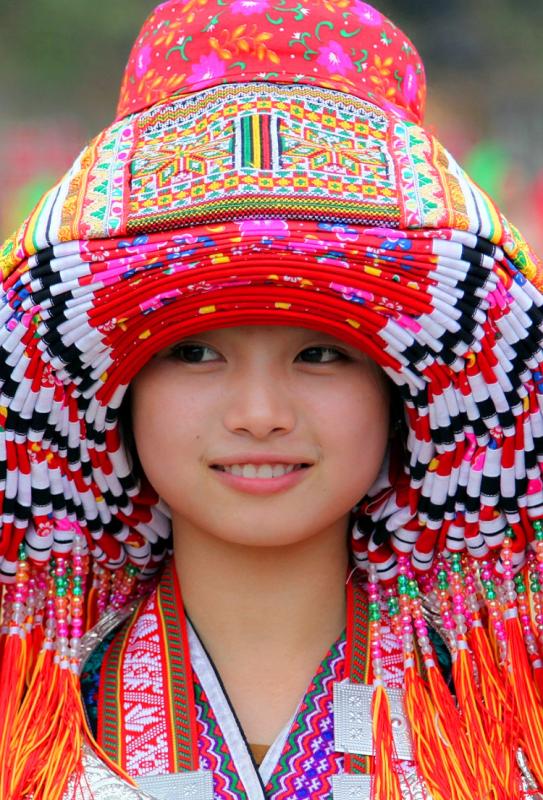
The first and foremost thing of the celebration is to offer sacrifice to Panwang – by singing the Chorus of Panwang King, and performing the over 2000-year-old Long Drum Dance, Yellow-land Drum Dance, Umbrella Dance and Copper Drum Dance. The Chorus of Panwang King is an epic of Panwang and a collection of Yao poetry, with rich content involved in working, migrating, farming, planting, hunting, legends, romance, marriage, etc.

In many Yao villages, there are also exhibition of calligraphy and paintings, food festival, unique entertainments of firecracker display and Da Hua Gun (Stick Spinning), local operas or acrobatics performed by troupes, various sport competitions and busy trade markets. The large-scale singing fair is for making new friends and a romantic occasion for dating.
The Panwang Festival promises to be fun for all travelers, especially China ethnic culture fans.

 7 Days GolfingTour
7 Days GolfingTour
 8 Days Group Tour
8 Days Group Tour
 8 Days Yunnan Tour
8 Days Yunnan Tour
 7 Days Shangri La Hiking
7 Days Shangri La Hiking
 11 Days Yunnan Tour
11 Days Yunnan Tour
 6 Days Yuanyang Terraces
6 Days Yuanyang Terraces
 11 Days Yunnan Tour
11 Days Yunnan Tour
 8 Days South Yunnan
8 Days South Yunnan
 7 Days Tea Tour
7 Days Tea Tour
 8 Days Muslim Tour
8 Days Muslim Tour
 12 Days Self-Driving
12 Days Self-Driving
 4 Days Haba Climbing
4 Days Haba Climbing
 Tiger Leaping Gorge
Tiger Leaping Gorge
 Stone Forest
Stone Forest
 Yunnan-Tibet
Yunnan-Tibet
 Hani Rice Terraces
Hani Rice Terraces
 Kunming
Kunming
 Lijiang
Lijiang
 Shangri-la
Shangri-la
 Dali
Dali
 XishuangBanna
XishuangBanna
 Honghe
Honghe
 Kunming
Kunming
 Lijiang
Lijiang
 Shangri-la
Shangri-la
 Yuanyang Rice Terraces
Yuanyang Rice Terraces
 Nujiang
Nujiang
 XishuangBanna
XishuangBanna
 Spring City Golf
Spring City Golf
 Snow Mountain Golf
Snow Mountain Golf
 Stone Mountain Golf
Stone Mountain Golf











 What Our Customers Say?
What Our Customers Say?
